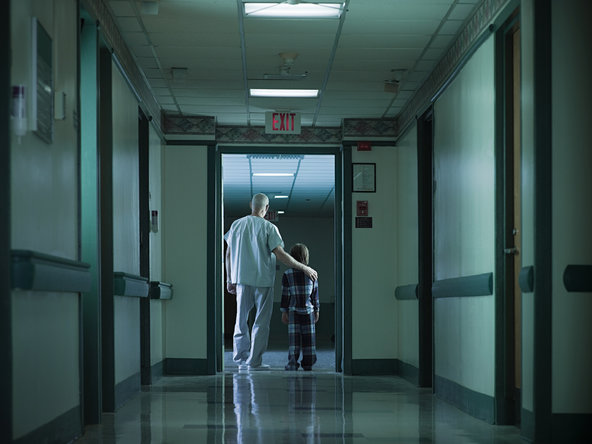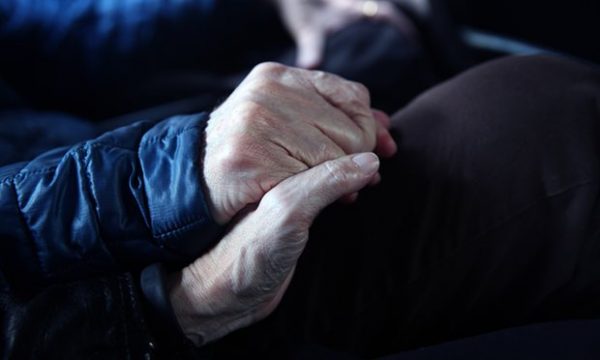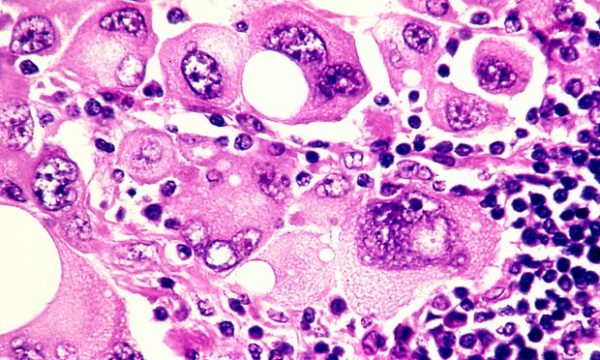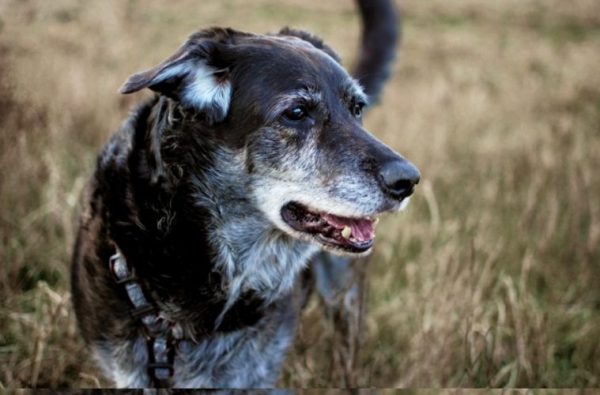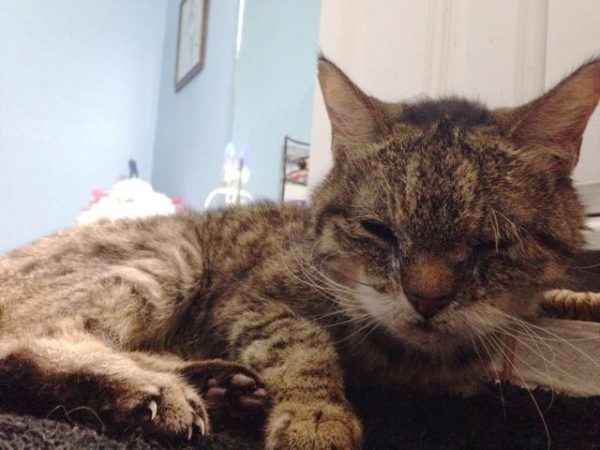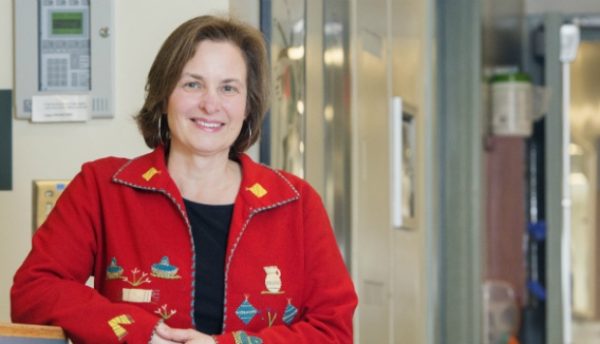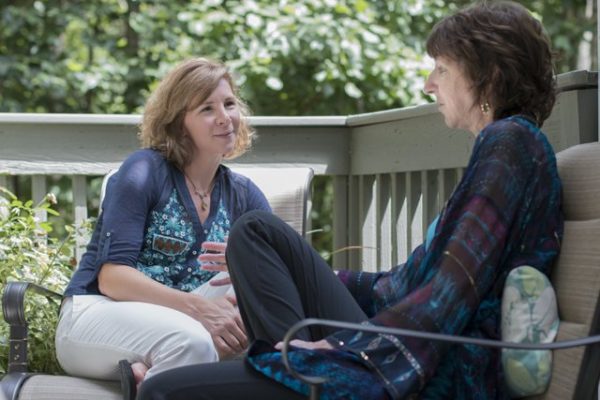By Ersilia M. DeFilippis, M.D.
I closed the door quietly behind me and heard the voice of a young child.
A few minutes earlier, I had been paged to a family meeting in one of the conference rooms on the oncology floors. The room was overflowing with people: family members, the social worker, the palliative care team and me. My eyes immediately fixated on the youngest people in the room, who looked to be about 14 and 10.
They were my patient’s children. I had seen their mother earlier this morning; her eyes and skin looked more yellow every day. Her mind was cloudy and her vision was blurry, as the cancer continued to spread throughout her brain.
Now here I stood, trying to communicate the news of death and dying to multiple generations of family members. I felt like an unwelcome guest at a somber family picnic.
During the previous days, my patient had expressed her desire for the medical team to meet with her children without her. She said she did not understand enough of her disease, but she knew she was dying. There wasn’t much more to understand. She was just too sad to tell them herself.
Her daughter, the older child, had been reading on the internet about her mother’s cancer and its treatment.
“What stage is my mom?”
“Stage 4,” one doctor said.
“Do you know what that means?” the social worker asked.
“Yes, that’s the worst one.”
Silence filled the room.
A family member jumped in. “We don’t know what all of this will mean for your mom.”
As health care providers, we struggle with telling patients bad news – with communicating expectations, hopes and fears. It is a difficult but integral part of our job. I was trained in internal medicine, to deal with adults, not children. How was I qualified to have this conversation? The older child spoke like an “educated consumer” and knew all the right questions to ask – but I wondered if deep down she truly understood.
We have a desire to protect the young and innocent from catastrophes. We are tempted to use words like “lumps” and “bumps” to avoid the dreaded “C” word. We resort to vague descriptions, or we hide the cancer altogether.
But children often suspect something is wrong before they are even told. They notice nonverbal cues, see clues in our body language, overhear conversations between adults.
None of this was hidden from my patient’s daughter. All of the truths and tragedies of her mother’s cancer were plastered on the internet for her to read.
The younger child was quiet, not as able as his older sibling to synthesize this new information.
“Is that why she’s yellow?” the younger child asked. “And why she is so confused?”
“Yes, her cancer is getting worse,” the social worker said.
Studies show that levels of anxiety are lower in children who are told of their parent’s diagnosis, even if it’s cancer. However, we also know that the risk of post-traumatic stress disorder is high in children who have lost a parent. These forces impact our desires to tell children the facts and make us ask, how much is too much and how much is just right.
According to the American Cancer Society, all children dealing with a parent with cancer need the following: the name of the cancer, the part of the body affected, how it will be treated and how their own lives will be affected.
Older children, like my patient’s daughter, often express a need to know more.
“How much longer does she have?” the daughter asked.
“That is very difficult for us to say,” the social worker said. She then paused. “It is possible that the time you spend with your mother in the hospital may be the last time you see her.”
My grandmother learned that she had breast cancer when I was 6 years old. I was completely shielded from her diagnosis as well as from information about breast cancer itself – aided, at the time, by the absence of medical blogs and Twitter posts. My grandmother never lost her hair and her skin never turned yellow. But she lived with us in our house, and I never knew she had survived breast cancer until years later, when I had started on my career path in medicine. Fortunately, her outcome was different than that of my patient.
My patient could not bear the thought of being present at that meeting with her children. But she remained bold and courageous in wanting to tell them the truth. She called upon us as health professionals to convey the information she could not.
The conflict she faced surrounding when, how and what to tell her children was a heavy burden to bear. And it remained a difficult task for me and the whole team caring for her. One by one, members of the medical team filtered out of the room to leave the children to process what we had said with their father and aunts.
I lagged behind after the meeting to ask the family if they had any more questions we could answer, lingering uncomfortably until a family member politely said, “I think we just need some family time.” I looked back at the children on my way out, their eyes dry and without tears, before I closed the door behind me.
Over the next few days, my patient got weaker and more confused, with her children by her side. A week later, the two children said goodbye to their mom.
Complete Article HERE!

